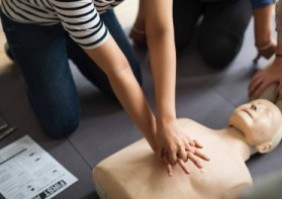



We at Ziqitza offer the best in emergency medical care, and also believe in empowering ordinary citizens to respond appropriately to emergency situations. We do workshops for first aid training to help train ordinary citizens to respond to medical emergencies effectively with First Aid and Basic Life Support techniques.
Benefits of First Aid Training














Ziqitza Healthcare Ltd's first aid training service was exceptional. The knowledgeable instructors provided practical demonstrations and engaged us with hands-on practice. It equipped us with the confidence and expertise to respond effectively to medical emergencies.
The workshops provided by Ziqitza Healthcare Ltd for basic first aid training were outstanding. The knowledgeable instructors and practical exercises greatly enhanced my skills and confidence in responding to medical emergencies.
Working in corporate life is really hectic. Ziqitza’s first aid training course became a basic need in such areas. By opting for the course we feel little assurance about personal as well as other physical safety.
It allows an individual to gain an understanding of basic first aid techniques for support in emergencies until qualified help comes.
it helps people to learn how to respond quickly and effectively in emergency situations, which can save lives. It gives them the knowledge and skills to provide immediate help before professional medical assistance arrives.
basic first aid training can differ in the following levels :
Common first-aid techniques taught in training include.
No, there are no age restrictions for attending the course. Anyone, regardless of age, can learn basic first-aid skills and techniques.


